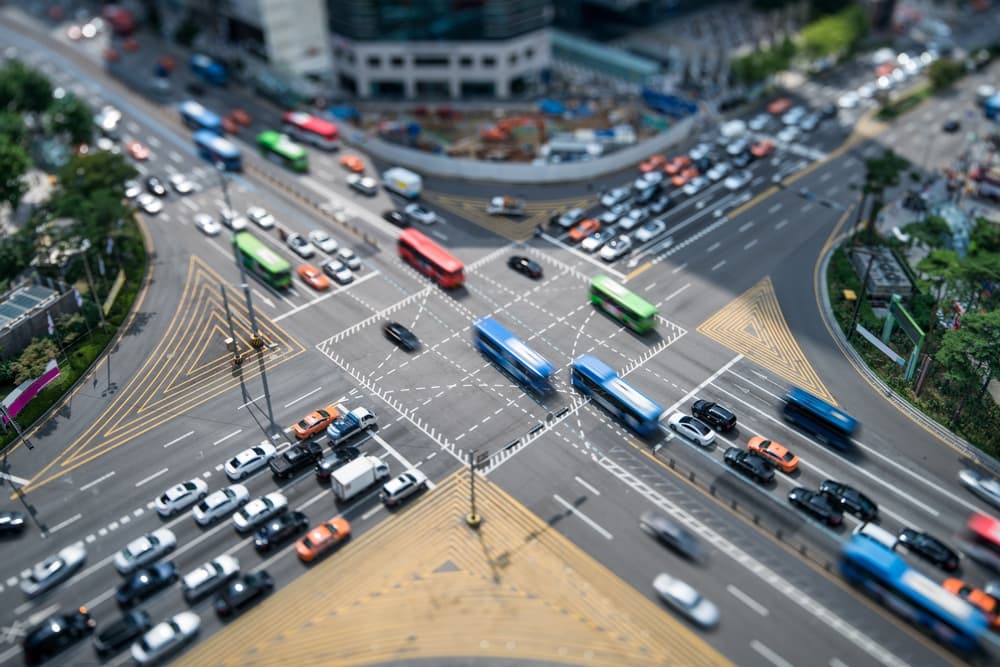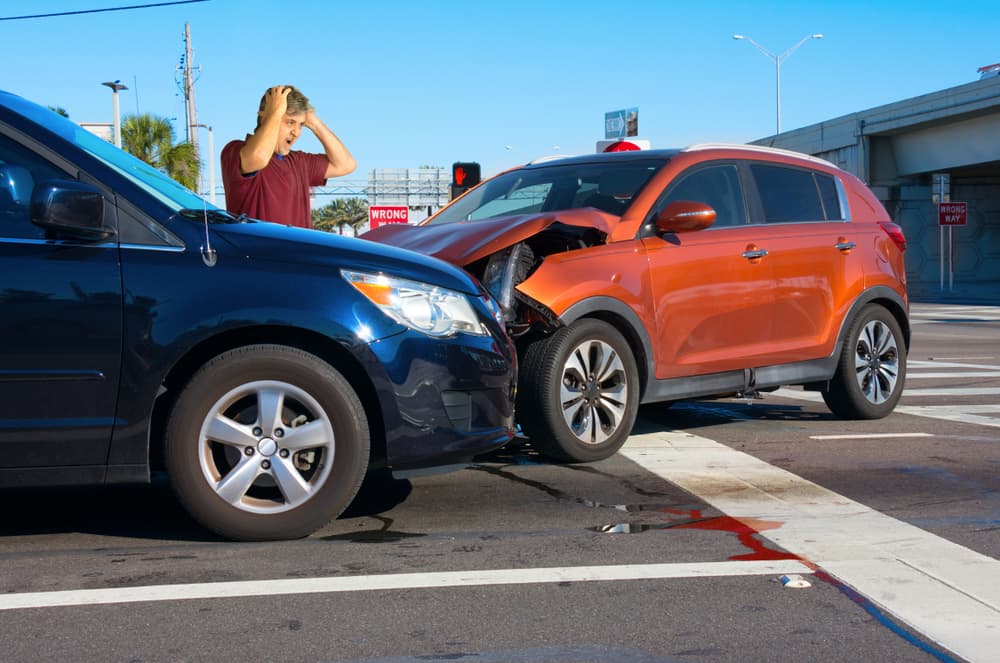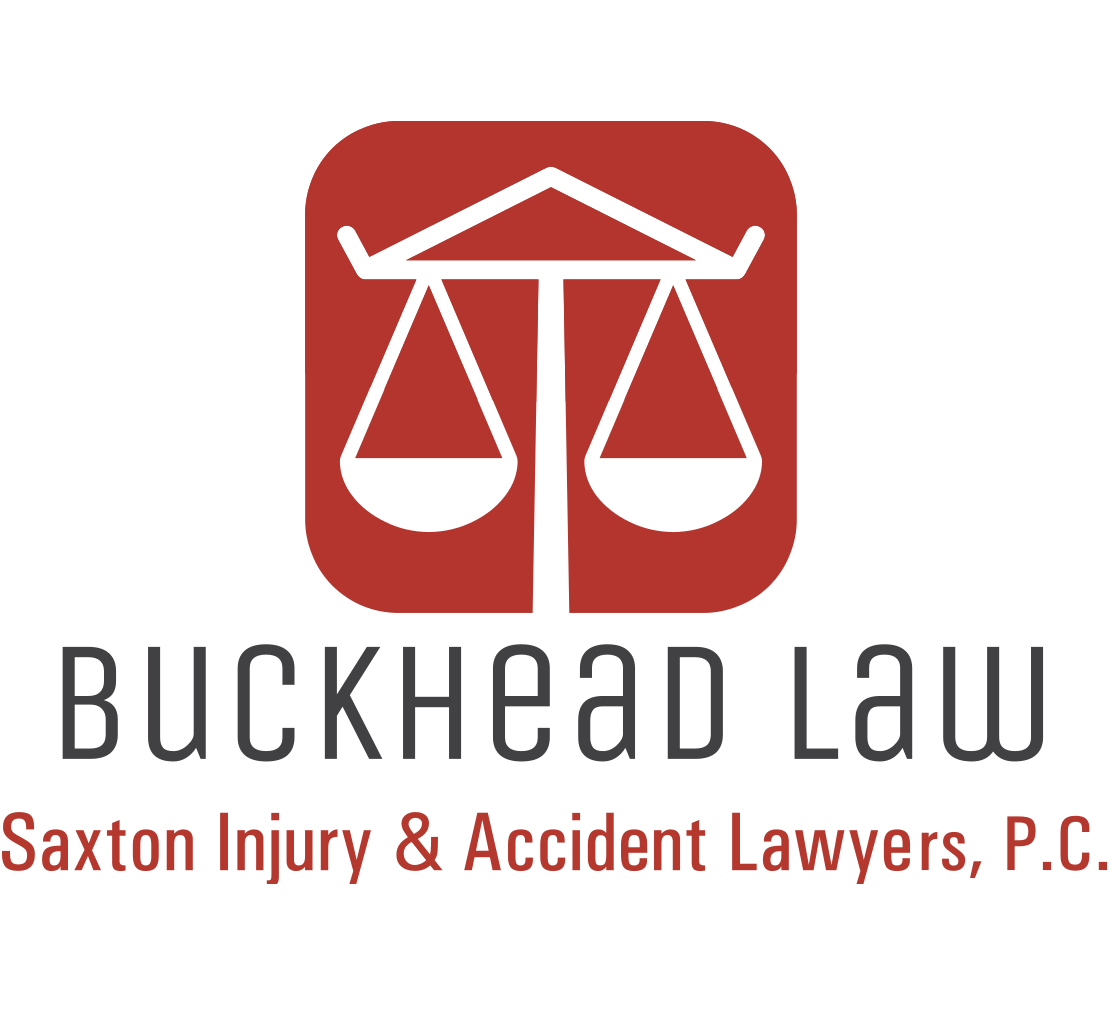In the sprawling city of Atlanta, a few key intersections consistently record a higher incidence of traffic collisions than others. If you find yourself involved in a car accident at one of these locations, it’s crucial to understand your rights and legal options. Consider consulting an Atlanta car accident lawyer for guidance.
Here’s what you need to know about traffic accidents at those and other Atlanta intersections.
Atlanta, Georgia Car Accident Statistics
According to the Georgia Governor’s Office Of Highway Safety’s statewide traffic crash data:

- Georgia saw 1,797 total traffic accident fatalities in one recent year, up 8.4 percent from 1,658 in the previous year.
- This is equivalent to a crash fatality rate of 16.64 per 100,000 Georgians.
- Of the 1,797 traffic deaths in Georgia that year, 598 were in rural areas, and 1,199 were in urban areas.
- Georgia saw 1.49 traffic fatalities per 100 million vehicle miles driven (VMD).
- Of those who died in fatal Georgia traffic crashes, 1,182 were passenger vehicle occupants. Of these occupants, 515 (43.6 percent) wore seatbelts at the time of the crash, and 555 (47 percent) did not.
- Also that year, 185 motorcyclists, 306 pedestrians, and 15 cyclists died in Georgia traffic accidents.
- Alcohol impairment was a contributing factor in 391 of the year’s traffic fatalities (21.8 percent) in Georgia. Speeding contributed to 369 crash deaths (20.5 percent) statewide that year.
- Also that year, 381 traffic fatalities involved intersection accidents, or 21.2 percent of all crash deaths statewide.
Closer to home, here are the most recent annual traffic data specifically the Atlanta area:
- There were 154 traffic fatalities, a 6 percent increase from the 145 fatalities the year before.
- These 154 traffic fatalities in Fulton County represented 9 percent of all statewide traffic deaths.
- The area ranked higher than any other in Georgia for its number of traffic fatalities for the past five years.
- Georgia’s top ten counties with the most traffic crash fatalities accounted for 38 percent of all fatalities statewide.
Where Are the Most Dangerous Intersections in Atlanta?
A recent news report examined Atlanta traffic crash data and declared the four following metro intersections the most dangerous in the city:
Covington Highway and Panola Road
In just one year, the Covington Highway and Panola Road intersection in eastern Atlanta saw 207 traffic crashes.
Both roads carry heavy traffic: Covington Highway runs east-west, and Panola Road runs north-south, bringing vehicles from various directions into one busy crossing. Both roads also connect to the I-20 interstate, introducing even more traffic into the mix.
Many businesses, shops, and restaurants surround the intersection, attracting a constant flow of vehicle and foot traffic that significantly increases the risk of collisions.
Covington Highway and South Hairston Road
Also that year, there were 154 traffic crashes at the Covington Highway and South Hairston Road intersection in eastern Atlanta.
This intersection is near two major highways in the Atlanta metro area: I-20 and I-285. Both Covington Highway and South Hairston Road accommodate considerable volumes of traffic, serving as pivotal connectors to these significant interstates.
Especially during peak traffic hours, the combined pressures of highway access and local business traffic can result in hasty decisions and maneuvers that contribute to devastating wrecks.
North Hairston Road and Memorial Drive
That same year, there were 140 traffic crashes at the North Hairston Road and Memorial Drive intersection in northeast Atlanta. This intersection’s proximity to the iconic Stone Mountain and Stone Mountain Park draws both locals and tourists year-round. Both Memorial Drive and North Hairston Road have direct connections to U.S. 78, a major route for commuters and travelers alike.
Additionally, Memorial Drive offers a nearby link to I-285, one of Atlanta’s most traveled highways. With these major connections in the vicinity, this intersection hosts a blend of regular local traffic, park visitors, and interstate commuters. This convergence of different traffic sources can lead to complex traffic dynamics that increase the potential for accidents.
Godby Road and Old National Highway
There were also 138 traffic crashes at the Godby Road and Old National Highway intersection in southwestern Atlanta that year.
Nestled close to a complex interchange where I-85 and I-285 intertwine, this intersection hosts considerable traffic going to and from these major highways.
Furthermore, its location just minutes away from the bustling Hartsfield-Jackson Atlanta International Airport adds an additional layer of complexity, as travelers, airport employees, and commercial vehicles navigate this junction daily.
This combination of commuters, local traffic, airport travelers, and interstate drivers means a diverse array of driving behaviors and patterns that cause intersection accidents.
What Makes These Intersections So Dangerous?
Intersections in metropolitan areas like Atlanta are hotspots for vehicular and pedestrian traffic. However, the designs of these intersections and the density of metro populations often make these locations inherently dangerous.

Here are just a few common factors that contribute to this risk:
- High Traffic Volume: Metro areas like Atlanta have a higher density of vehicles and pedestrians. This enormous volume of traffic can lead to congestion, making intersections more challenging to navigate.
- Distracted Driving: In bustling urban environments, there are more stimuli to divert a driver’s attention. From billboards to pedestrians and even other accidents, these distractions significantly increase the risk of collisions.
- Complex Roadway Design: Many Atlanta intersections have complex designs with multiple lanes, turning options, and sometimes even bike routes that increase the potential for confusion and crashes.
- Poor Visibility: Tall city buildings, widespread street parking, and signage in poor locations can obstruct drivers’ views, making it difficult to see oncoming traffic or pedestrians.
- Variable Traffic Speeds: The mix of local roads and major arterial routes in Atlanta can bring together vehicles traveling at different speeds, increasing the potential for preventable collisions.
- Frequent Stops and Starts: The presence of traffic signals, stop signs, and crosswalks throughout the city can contribute to frequent deceleration and acceleration, making rear-end collisions more likely.
- Impaired Driving: Atlanta, with its concentration of entertainment venues and nightlife, sees a higher incidence of impaired driving accidents.
- Public Transportation: The presence of buses or trams means other road users must navigate around larger vehicles with different stopping and turning patterns than regular cars.
- Inadequate Infrastructure Maintenance: In some parts of Atlanta, aging infrastructure, potholes, and faded road markings can contribute to misunderstandings that lead to accidents.
Common Injuries Caused by Intersection Accidents
Intersection accidents can be particularly dangerous due to various potential collision types – like side impacts, rear-ends, or even head-on collisions. As a result, the injuries sustained in such accidents can range from minor to severe.
They might include:
- Whiplash: This is one of the most common injuries in any car accident. It occurs when the head suddenly jolts backward and then forward, causing strain to the neck muscles and ligaments.
- Concussions and Traumatic Brain Injuries (TBI): The impact of a collision can cause the brain to move inside the skull, potentially leading to a concussion or more severe brain injury.
- Broken Bones: The force of an intersection collision can fracture or break bones, especially ribs, arms, legs, and wrists.
- Spinal Cord Injuries: Occupants may damage their spine, which can lead to paralysis.
- Internal Injuries: The force of impact can damage organs like the lungs, liver, or spleen, causing internal bleeding or other complications.
- Cuts and Lacerations: Broken glass or metal can lead to deep cuts, which, if not treated promptly, can result in significant blood loss or infections.
- Bruises and Contusions: Blunt trauma can cause deep bruising, which, while not immediately life-threatening, can indicate underlying injuries.
- Burns: In more severe accidents, especially those in which a vehicle catches fire, occupants may suffer from first-, second-, or third-degree burns.
- Psychological Trauma: Apart from physical injuries, many accident victims experience post-traumatic stress disorder (PTSD), anxiety, and other mental health challenges following the incident.
What to Do After an Accident at an Intersection
Following an accident at an intersection, to ensure your health and protect your rights:
- Seek Medical Attention: If you have not done so already, seek medical attention. This is important even if you do not feel injured. Some injuries, like whiplash or internal trauma, may not show symptoms right away. Seeking medical care safeguards your health and provides documented evidence of any injuries, which can be vital for insurance claims or legal action.
- Document Everything: Write down a detailed account of the accident while your memory is still fresh. Include the events leading up to the accident, the specific location and time, the traffic conditions and signal statuses, and any conversations or interactions with the other parties involved.
- Reach Out to Witnesses: If you managed to collect contact information of witnesses at the scene, now is the time to contact them. Ask them to provide their account of the accident. Their perspectives can help should any disputes arise.
- Report the Accident: If you didn’t call the police at the scene, local laws might still require you to notify them of the incident, depending on its severity and consequences. Check with local authorities about your obligations.
- Notify Your Insurance Company: Inform your insurance provider about the accident as soon as possible. Your policy likely requires you to do so to ensure coverage. The adjuster assigned to your case will guide you on the necessary steps for filing a claim.
- Gather Evidence: While you may not be at the scene anymore, you can still photograph any damage to your vehicle, photograph your injuries, and collect medical records and bills related to the accident.
- Keep Track of Expenses: Maintain a record of any expenses you incur as a result of the accident. This includes medical bills, repair costs, rental cars, evidence of lost wages, and any incidental expenses.
- Avoid Discussing the Accident: Never share the details of the accident with others, especially on social media. Insurers and defense attorneys can take these out of context and use them against you in legal proceedings.
- Follow Up on Your Health: Attend any recommended follow-up appointments and adhere to medical advice. Make your health your top priority.
- Consult a Personal Injury Lawyer: An experienced attorney can review the details, help determine fault, guide you through insurance claims, and fight for the compensation the other driver might owe you. What’s more, they can handle many of the above steps for you if you cannot do so yourself.
Remember, even after you leave the accident scene, you can still protect yourself and your rights. You can make a significant difference in your physical recovery and any potential legal or insurance-related outcomes.
How Can a Lawyer Help if You Get Hurt in an Intersection Crash?

A dedicated Atlanta personal injury lawyer can alleviate some of the stress of managing your injury and trying to file a claim while significantly improving your chances of securing a favorable outcome.
An Atlanta car accident lawyer can:
- Gather Evidence: A lawyer can collect useful evidence from the accident scene, which might include photographs, CCTV footage, and witness statements, to strengthen your case.
- Consult with Experts: Your attorney can consult with accident reconstruction experts to establish the dynamics of the crash and pinpoint liability. They can also arrange for medical experts or other professionals to testify on your behalf and strengthen your case in court.
- Compile Medical Records: They can gather all relevant medical records, ensuring clear documentation of injuries and treatments related to the crash.
- Identify All Liable Parties: In some cases, more than one party might be at fault. A lawyer can identify all responsible parties, maximizing your potential compensation from the available sources.
- Calculate the Full Extent of Your Losses: Beyond immediate medical expenses, a lawyer can factor in future medical costs, lost income, emotional distress, and other losses to ensure a comprehensive claim.
- Negotiate with Insurance Companies: Insurance adjusters aim to minimize claim payouts to protect their companies’ bottom lines. A lawyer can negotiate assertively to demand a fair settlement on your behalf.
- Shield You from Intimidation Tactics: Some parties might employ underhanded strategies to intimidate you or devalue your claim. A lawyer can act as a buffer to protect you from such actions.
- File a Lawsuit: If negotiations don’t result in a satisfactory settlement, your attorney can take the matter to court and present your case at trial.
- Secure Fair Compensation: Whether through settlements or court verdicts, your attorney’s main objective is to pursue the compensation you deserve.
- Advise You on Your Legal Rights: An attorney can inform you of your rights, helping you make informed decisions throughout the claim or lawsuit.
